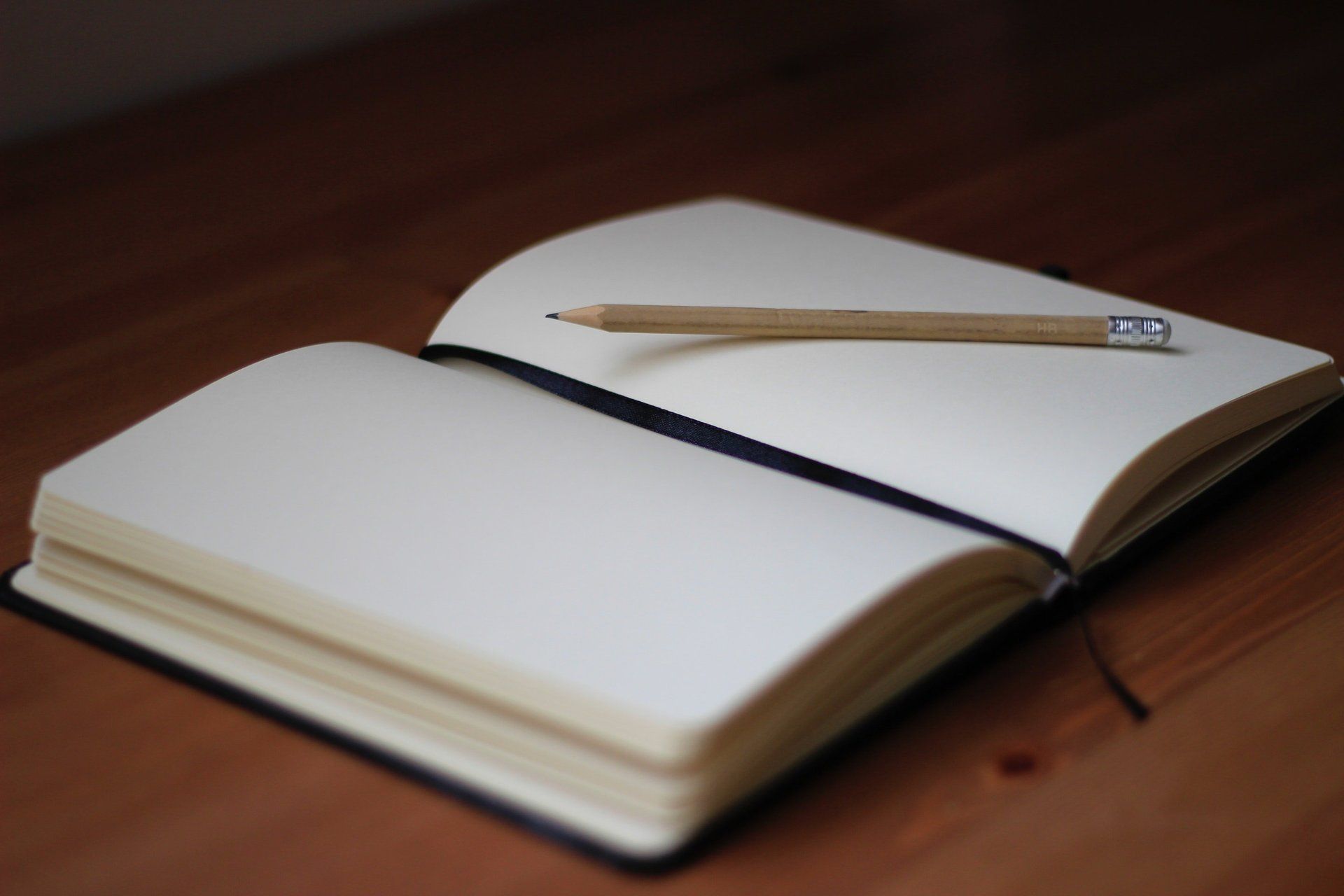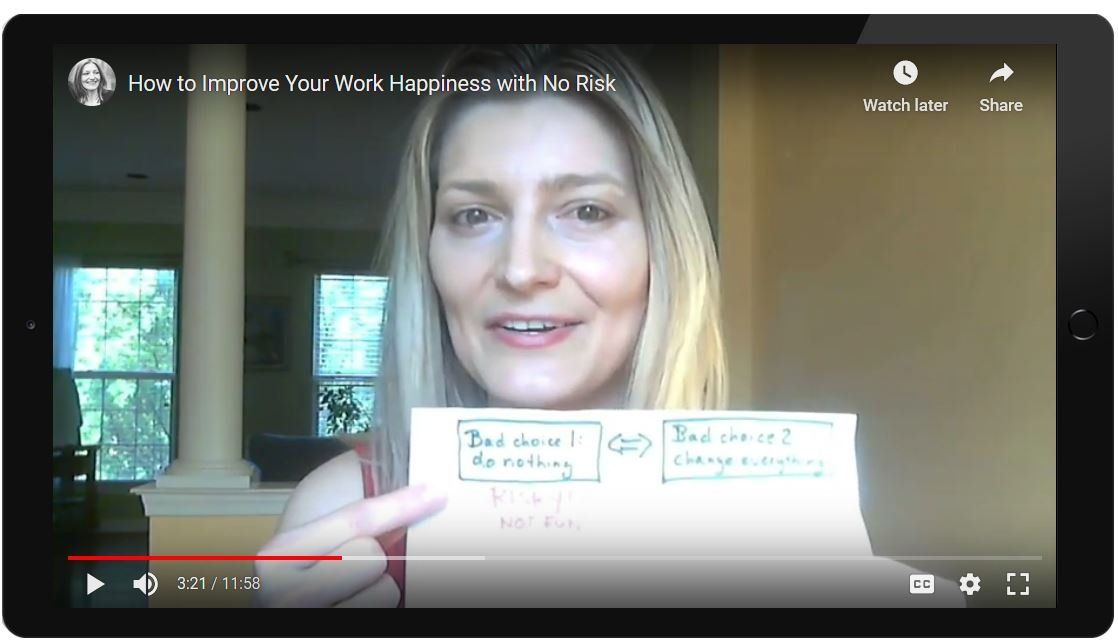Actually, Are These the Best Productivity Apps?
“What are your favorite productivity apps?”
“Can you recommend any app for_____?”
At least once a month, one of my coaching clients asks me a variation of these questions.
And, without fail, my answer is somewhere along these lines:
“Sure. Let me introduce you to this cutting-edge productivity app.
*drum roll*
Are you ready?
Here it is:
I actually prefer pen and paper over digital apps.”
(Okay, truth be told, I skip right to the last line and offer more explanation.)
So, let’s explore…
Why the pen is mightier than the digital app
- it comes with a benefit we otherwise wouldn’t get,
- said benefit adds value to our lives in a way that’s actually useful to us, and
- the additional value outweighs the hassle of navigating the app (“hassle” can include privacy concerns, costs, learning curve etc.).
So let’s look at these criteria and how “pen and paper” match up.
Unique benefits of the "pen and paper" method and how those add value to our lives
Organizing ourselves with pen and paper is a “hands-on” approach. Since most of us spend so much time living in the abstract, writing things down physically can help ground us.
Speaking of the worlds we live in, many of us are online most of our waking hours. To counterbalance that, it’s great to take digital breaks. And, pen and paper work much better for digital breaks than any other app.
Because you don’t need to open a program or power up an electronic device, pen and paper might also be quicker than digital note-taking.
Lastly, it also appears that the “pen and paper method” is superior when it comes to retaining new information.
Value outweighing the hassle
There
actually isn’t a lot of hassle associated with pen and paper.
Notebooks aren’t overly expensive but if you wanted to save money, you could use scrap paper.
Writing things down is simpler than using a digital app because there’s no learning curve associated with it (if you’re reading this, you should know how to use a pen and paper to write…).
It also doesn’t depend on electricity or a charged device.
Plus, with pen and paper, you avoid the productivity black hole also known as the internet. So, unless you have super-interesting diary entries you can’t stop yourself from revisiting (in which case, good for you!), you’re much less likely to get sidetracked when you physically write things down.
Similarly, you don’t need to worry about future technical progress making it impossible to access old digital notes you took a decade ago.
Unless you live with someone who looks through your stuff, writing things down with paper is also better in terms of privacy.
If you’re now convinced to switch to pen & paper, how can you use this to increase your productivity?
The single thing that will benefit your productivity the most is getting clear about your priorities.
So, at the end of your day, write down your priorities for tomorrow:
- What do you have to do tomorrow? (Your must-dos)
Fair warning: people often write a lot of task down into this section that they then don’t end up doing. If you’re not at least 90% confident that you will do this task, it’s not really a must-do, is it? - What would you like to do tomorrow (Your want-dos)
If you’re not near-certain that you will complete this task, you can put it into this category.
You don’t need to list every little thing, just the main points or the things that you need to remember.
Here’s what that can look like:
Must dos:
- Meeting with XYZ
- Complete Lesson 3 of Course
Want dos:
- Reach out to XYZ
- Exercise
Notice that I’m using a dot for each task in this example?
If you’ve completed a task, you can change the dot to a star (*). This gives your list a cleaner look than if you just struck something out.
If you haven’t done something, you can change the dot to this symbol (>). This indicates that you’re moving the task to your priority list for the next day.
So, at the end of the day, your list might look like this:
Must dos:
* Call with XYZ
* Complete Lesson 3 of Course
Want dos:
>
Reach out to XYZ
* Exercise
In closing
TL;DR: There’s a reason we don’t say: “The digital app is mightier than the sword.”
Unlike digital productivity apps, this app right here→ 📝has a long, successful track record.
Throughout history, many legacies have been built on the basis of pen and paper.
(Of course, successful historical usage is not necessarily a great argument in favor of abandoning a more modern approach. After all, many past legacies have been built on the basis of patricide, fratricide and any other -cide you can think of… none of them approaches we’d condone today.)
So, let me rephrase this: chances are that many of the people you most admire (and for good reasons) have built their legacy using pen and paper.
And, quite honestly, if a tool is good enough for Immanuel Kant, Marie Curie, and Martin Luther King Jr.,* I think it should surely be sufficient for the rest of us.
* As a side note: this list is biased towards the Western culture. While we’re all most familiar with our own culture, it’s always good to further expand our perspective.





